6 Ways to Create a Mentally Healthy Workplace

Imagine standing in front of your team and asking for a show of hands if they or someone they know has dealt with mental illness. Odds are most hands would go up — but how often do we create space for our mental health in the workplace?
Purpose-driven companies and their leaders do a great job prioritizing people over profit. We create environments where employees can bring their whole selves to work, and we invest in every team member’s professional and personal development. But so often, we glaze over the aspects of employee wellness that are more personal and a little uncomfortable: mental health. When mental health isn’t part of how we take care of our employees, we’re not serving the full potential of our team or our organization.
May is Mental Health Awareness Month, which got us thinking about the role of mental health in the workplace. When you dig into the statistics, it becomes clear that mental health impacts our employees and their work whether we choose to address it or not. One in five individuals experience mental illness in a given year, and what impacts our employees also impacts our organizations. What can we do to start the conversation about mental health in the workplace?
We sat down with Small Giants leaders who are open and proactive about mental health to learn the systems and practices that got them there. Here are six ways to create a mentally healthy workplace.
One in five individuals experience mental illness in a given year, and what impacts our employees also impacts our organizations.
Start the Conversation Around Mental Health
Mental illness shows up in the workplace in many ways: it could be a lack of focus in meetings, habitual tardiness, or emotional outbursts. Often, we try to address symptoms instead of the root of the problem. Starting the conversation around mental health isn’t about turning the workplace into a doctor’s office — it’s about reducing the stigma and increasing awareness and education.
Here’s how two organizations created mental health programs to help employees bring their best selves to work.
Organizations Exist to Serve People
In 2015, the founders at TiER1 Performance gathered to discuss a familiar topic: how can we increase the positive impact we have on our employees and our community? TiER1’s CEO, Greg Harmeyer, was the first to broach the topic of mental health. He made the point that mental illness has touched the lives of nearly everyone — whether personally or through supporting a family member, friend, or colleague — yet it is often not discussed.
“Our goal was to reduce the stigma around mental illness to normalize it as a brain-based disease that impacts 1 in 5 directly, and to talk about it, and show compassion and support just as we do for those battling cancer, diabetes, or heart disease,” says senior solutions consultant Meg Switala. “The idea is to deliver the message through the workplace so that employees have the tools and knowledge to start the conversation with someone – family members, friends, or colleagues.”
Creating an environment where people can talk about mental health as though it’s a normal life challenge, like any other life challenge, has resulted in numerous stories of people being more comfortable and knowledgeable in seeking help for their family members, their friends, and themselves. Today, TiER1 is bringing the program they piloted within their organization to other companies.
It’s a four-week journey that kicks off with company leadership sharing their own support for the program. Over the next four weeks, employees are sent emails with resources and activities and participate in weekly challenges, all to build awareness around the knowledge, resources, and support necessary to deal with the challenges of mental illness. At the end of the experience, a mental health professional from a local wellness center (TiER1 partners with the Lindner Center of HOPE) delivers a talk and participates in an open, transparent Q&A with employees.
TiER1 and its partners have seen tremendous results. In a survey following the program, over 95 percent of those surveyed reported having someone in their life affected by mental illness — and nearly half reported talking to someone outside of TiER1 about the program and opening a conversation about mental illness. More than 60 percent of team members reported an increased awareness of mental health and talked to someone for the first time about mental health.
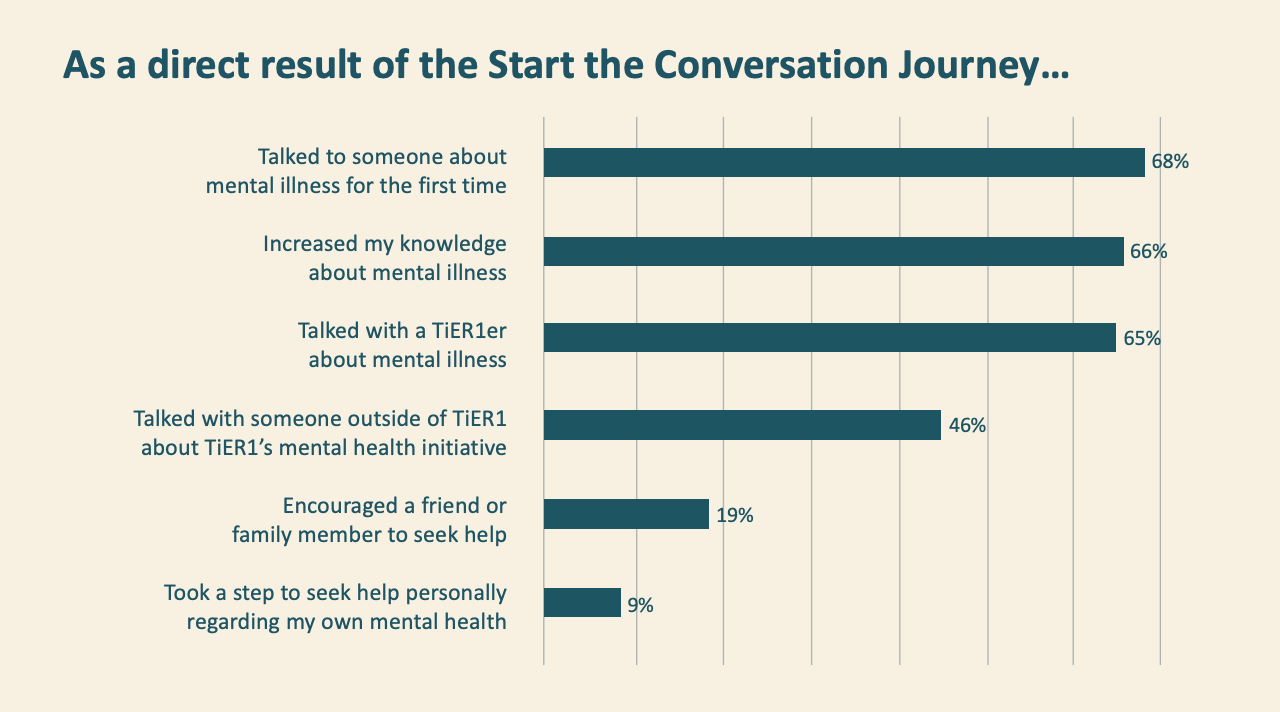
“So many of our team members learned how to better help themselves or a family member for the first time,” says Meg. “It’s challenging to navigate the mental health system and get the right help. Starting the conversation allowed our team to start asking questions and helping one another.”
Taking Care of Ourselves to Take Care of Others
In an industry where taking care of others is top priority, Steve Palmer wanted his team at the Indigo Road Hospitality Group to take care of one another. In the restaurant industry, company culture can be a matter of life or death. The nature of the industry, from the long, irregular hours to the pressures of the job, creates an environment ripe for substance abuse. When Steve’s close friend and longtime chef, Ben Murray, died by suicide after struggling with addiction, Steve was compelled to start the conversation about mental health. He founded Ben’s Friends, a support group for those in the restaurant industry who are interested in a path to sobriety.
The program started in Charleston, but has since rolled out in six cities with more on the way. “We’re trying to create a conversation where people in crisis have resources,” Steve tells the Charlotte Business Journal. “There’s a need industrywide.”
The restaurant industry has among the highest rates of substance abuse in the American workforce, but Steve refuses to accept the status quo. After his own ten-year battle with an alcohol and cocaine addiction, Steve’s now in recovery and using his business to change what it means to work in the industry. With 20 restaurants and 960 employees, Steve’s number one priority is helping people have better lives. “Having a profitable business is great,” says Steve. “But there’s nothing I will do that’s as important as helping people have better lives."
Connect Employees to Mental Health Resources
Mental health is a complex, messy topic for organizations to try and navigate — now imagine how it feels to your employees. Purpose-driven companies have an opportunity to help employees address mental health by connecting them to the support and resources they need to navigate life’s most difficult challenges.
Mentally-healthy workplaces aim to achieve two goals. First, it’s about creating a culture that feels safe for employees to share their struggles without fear of repercussions or judgment. Second, employees should feel that the organization actively supports their mental health by providing access to confidential resources and tools. Here’s how two organizations get it done.
Eliminating Personal Disruptors
We all have personal struggles that distract us from doing our best work. What can employers do to help eliminate, or at least decrease, personal disruptors?
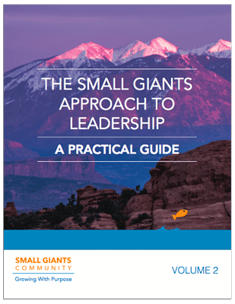 Tom Walter, founder of Tasty Catering and a serial entrepreneur, takes employee wellness personally. A 30-year-old catering company, Tasty Catering has 150 employees from all walks of life. Tasty is a two-time recipient of the Psychological Association’s Psychologically Healthy Workplace Honors, and a giant among the purpose-driven leadership community (check out our eBook on Tasty’s culture of leadership!). As a leader, Tom’s primary motivation is caring for employees in the totality of their lives.
Tom Walter, founder of Tasty Catering and a serial entrepreneur, takes employee wellness personally. A 30-year-old catering company, Tasty Catering has 150 employees from all walks of life. Tasty is a two-time recipient of the Psychological Association’s Psychologically Healthy Workplace Honors, and a giant among the purpose-driven leadership community (check out our eBook on Tasty’s culture of leadership!). As a leader, Tom’s primary motivation is caring for employees in the totality of their lives.
“That’s how I keep myself going: the responsibility,” Tom tells the Profit Strategies blog. “ I genuinely believe that my job is to help get my people to heaven. I love everybody that works here. This is my family. If I don't take care of them, they're not going to be able to take care of their families. Then we're going to have dissension, and we're going to have problems.”
As part of its commitment to putting people first, all employees have access to an on-site industrial psychologist. Treatment is confidential, unlimited, and the company foots the bill. For context, Tasty Catering spent about four thousand dollars in one quarter on psychiatric services for employees — in the long-term, not addressing mental health issues can cost organizations billions in absenteeism and productivity losses, not to mention healthcare costs associated with mental health issues.
Bring Mental Health Training to Them
All industries are vulnerable to mental health struggles, but certain industries are hit harder. Like Indigo Road’s mission to turn the tide in the restaurant industry, Ace Metal Crafts is committed to raising the bar for its team members. A stainless steel fabricator in Bensenville, Illinois, Ace Metal has created an emotional intelligence training for its 155 employees. With a high-performing, values-based culture, CEO Jean Pitzo and her team knew they needed team members with high emotional intelligence, but it was in short supply in their talent pool. So they decided to prioritize hiring for culture fit, and then train team members for things like job skills and emotional intelligence.
“We decided to find people who were willing to learn, and invest in training them on the soft skills they needed to excel at work and in life,” says Jean. “We started our internal emotional intelligence class in 2017. So far, we have completed ten classes in English and Spanish; and we’ll have some in Polish soon, too. We’ve graduated more than half of our team members from the program. We have reunions with graduates of the classes to keep growing the skill set within the organization.”
Want to read more about Ace Metal’s emotional intelligence training? Check out our article on how top companies show they care.
Create a Workspace that Promotes Mental Health
OK, so you know how to start the conversation around mental health and connect employees to the resources and training they need. But what about the impact that your workspace has on employees’ mental health?
Your organization’s physical space, from lighting and privacy to the weekly happy hour, can play a role in how physically and emotionally safe employees feel at work. Here’s how two purpose-driven companies use their workspace to promote mental wellness.
Create Intentional Spaces
At Freshbooks, culture is about more than work perks. Freshbooks uses its workspace to cultivate mental and physical wellness, in part to relieve employees of the burden of finding time before and after work for self-care. If you can bring those elements into the workplace, it not only makes it easier for employees to embrace these practices, it also embeds an openness about mental health into the culture.
“It’s about the mojo. Does the business have the energy?” says Freshbooks CEO Mike McDerment. “If people don’t want to come in on Monday, that’s when we’re no longer a Small Giant. We have to take care of the team so that the team can take care of the customer.”
That means creating a physical environment that empowers people to be their best. At Freshbooks HQ in Toronto, Canada, employees can take advantage of wellness activities and amenities including a nap room, on-site fitness classes and a gym, plus an employee lounge with musical instruments, video games, and massage chairs. But it’s also about the small details that promote mindfulness and emotional well-being: a centerpiece of the Freshbooks office is “Central Park,” an indoor-outdoor space with plants, natural lighting, and even a soundtrack of nature sounds to replicate a park setting.
Your organization’s physical space, from lighting and privacy to the weekly happy hour, can play a role in how physically and emotionally safe employees feel at work.
Create a Spiritually Safe Environment
What’s the harm in an impromptu office happy hour? On the surface, it’s an innocent way to unwind and bond with coworkers after a hard day’s work. But without the tenets of a mentally healthy culture in place, certain workplace rituals can isolate some team members.
For example, let’s say you have an employee with a family history of addiction, so they abstain from drinking. Have you created a culture where that team member feels safe sharing that information? Do they know that the organization will support them in finding addiction resources for themselves or a family member? The difference between isolation and inclusion depends on how open and trusting your culture is about mental health.
Take the no-drinking policy that Steve Palmer started at the Indigo Road. He’d witnessed enough substance abuse in the industry to justify instituting a zero-tolerance policy across all 20 of his restaurants. In the service industry, it’s pretty common to turn to alcohol and drugs to survive the shift. Many restaurants reinforce the practice by offering a certain number of free drinks per shift to bartenders and staff. But Steve decided to make a change.
“I stood in front of all of our employees and said, ‘Listen, I want the most emotionally, spiritually whole, and physically-safe environment for you to be in. That includes not drinking,’” Steve tells Atlanta Magazine. “I thought I was going to get a lot of pushback, but I got zero. Now you walk in and everybody’s smiling, and there’s this air of calm. There’s not that tension and pots flying and people screaming.”
The difference between isolation and inclusion depends on how open and trusting your culture is about mental health.
Small Giants leaders care for employees in the totality of their lives, and that includes their mental health. It can seem scary at first to bring up a taboo topic, but these examples of purpose-driven organizations show that once you start the conversation, it leads to positive changes that allow your team members do their best work and bring their best selves to work every day.


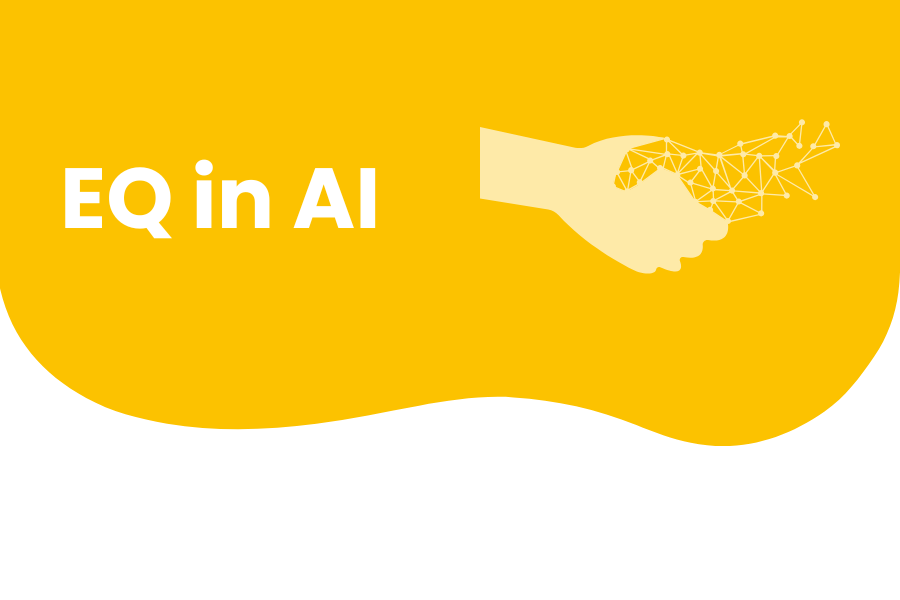
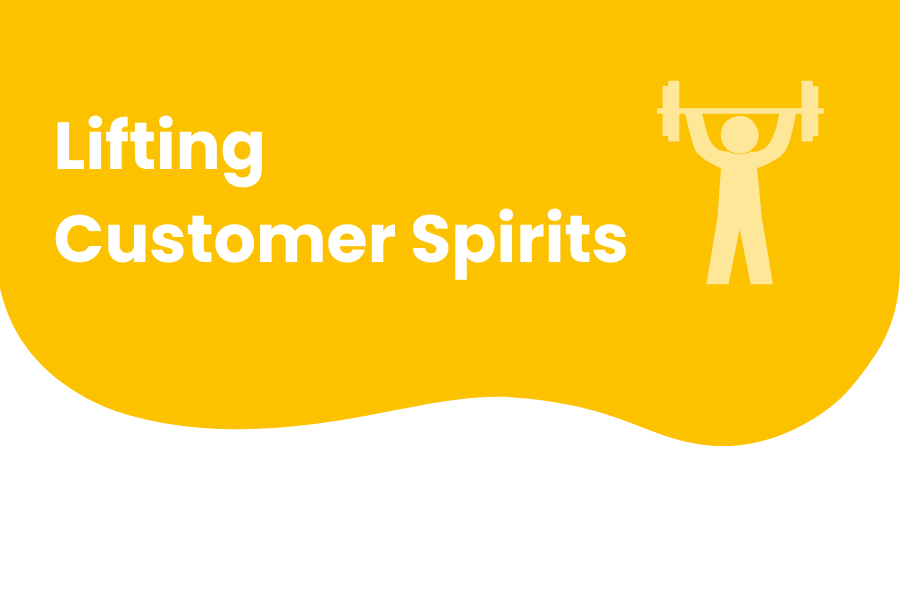
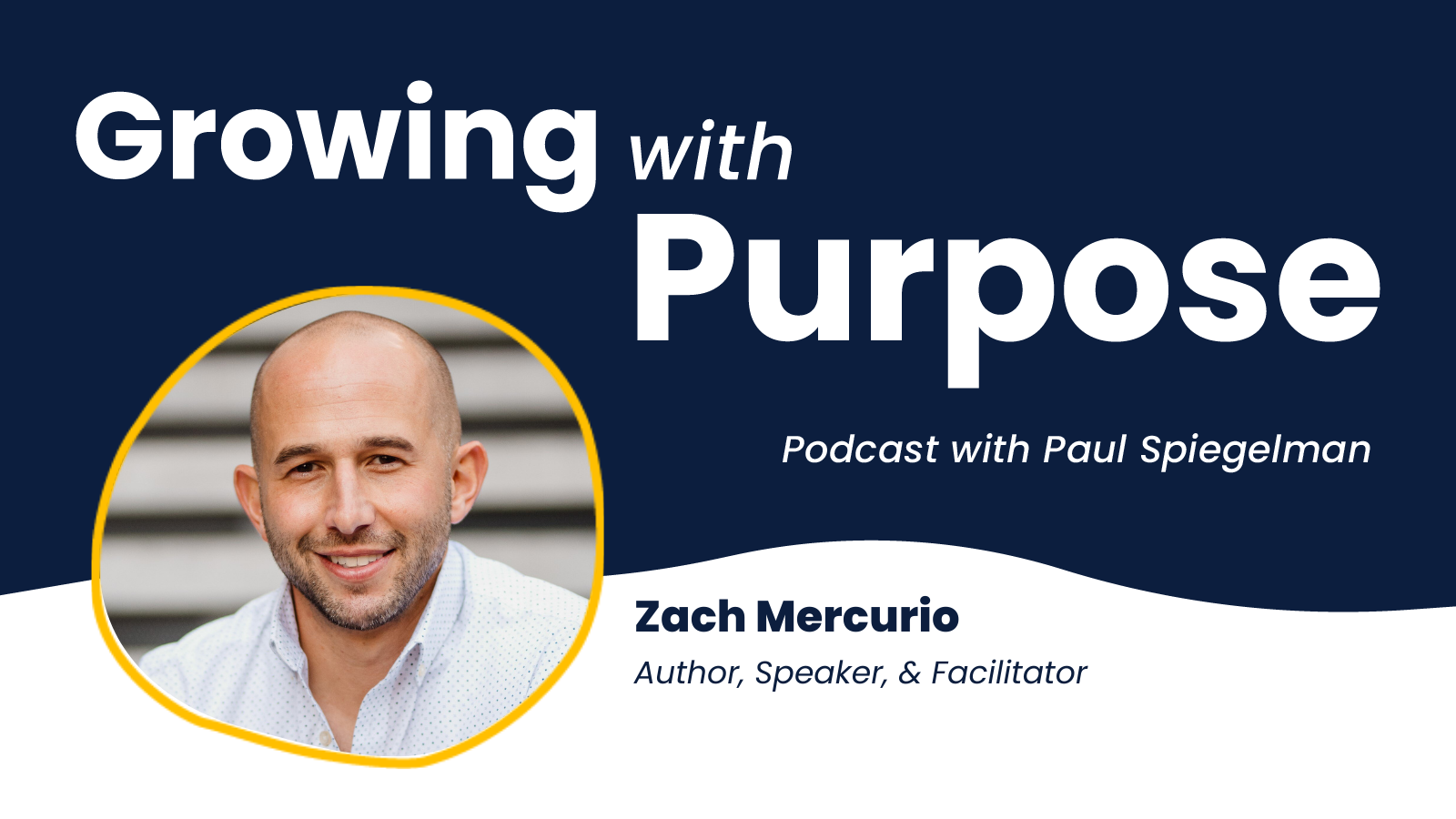
Submit Your Comment